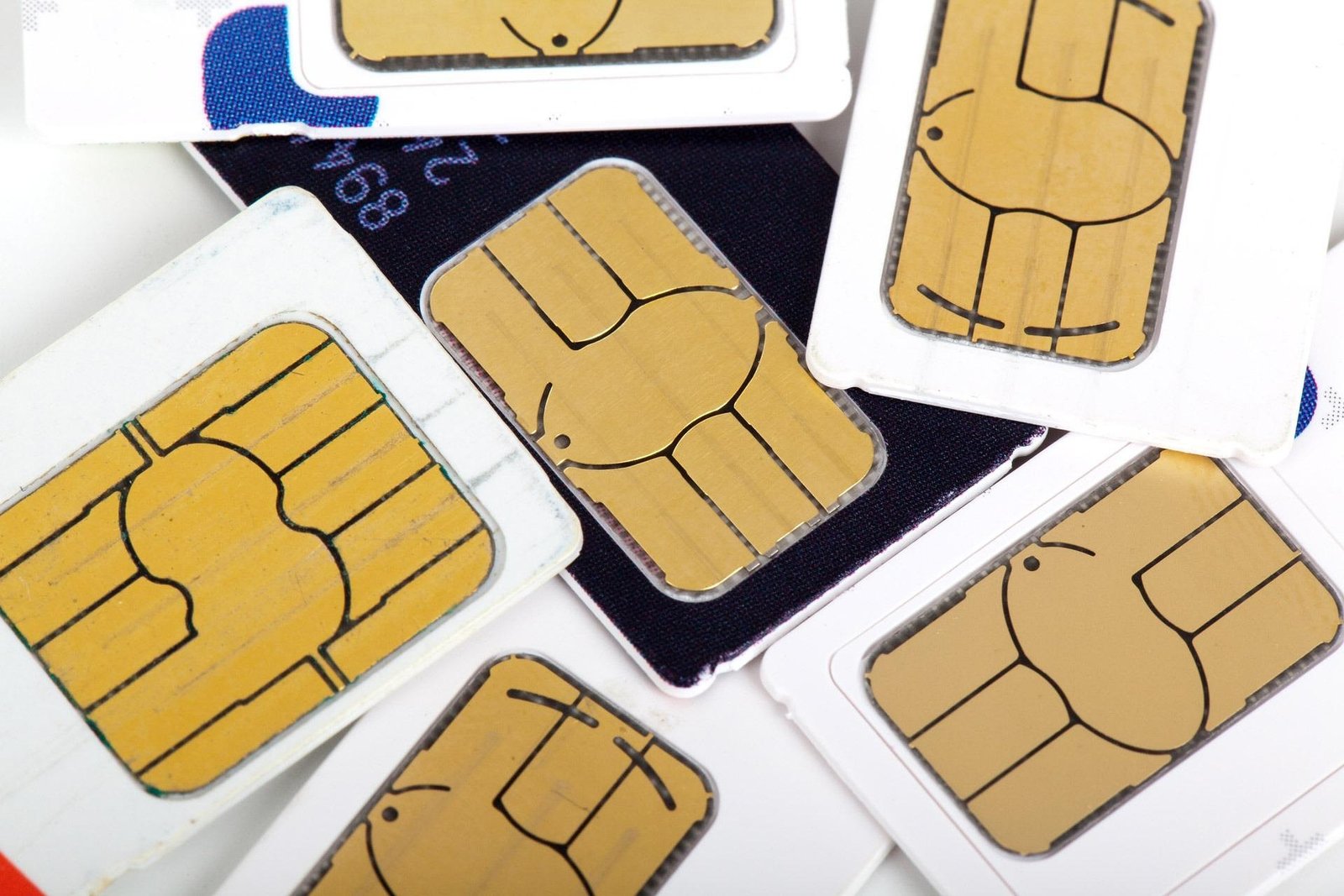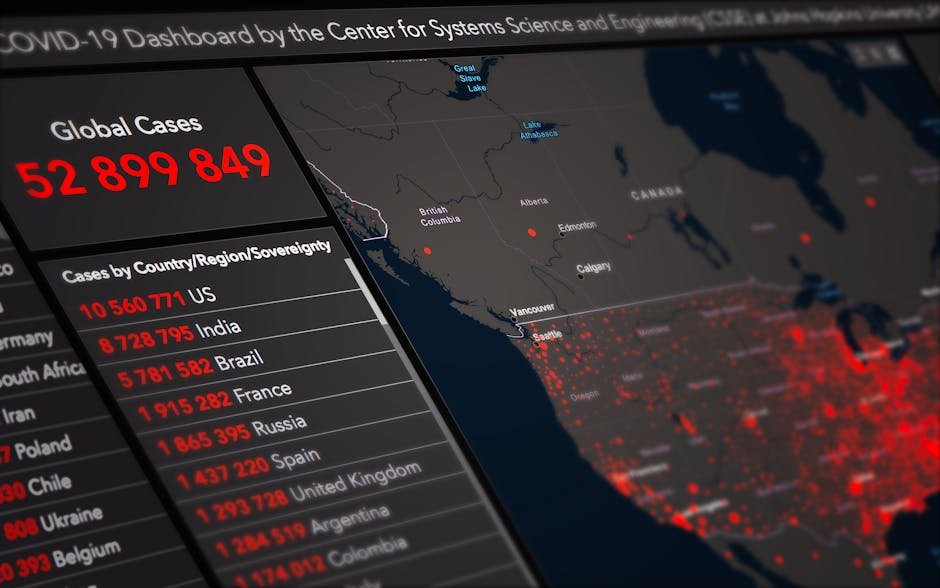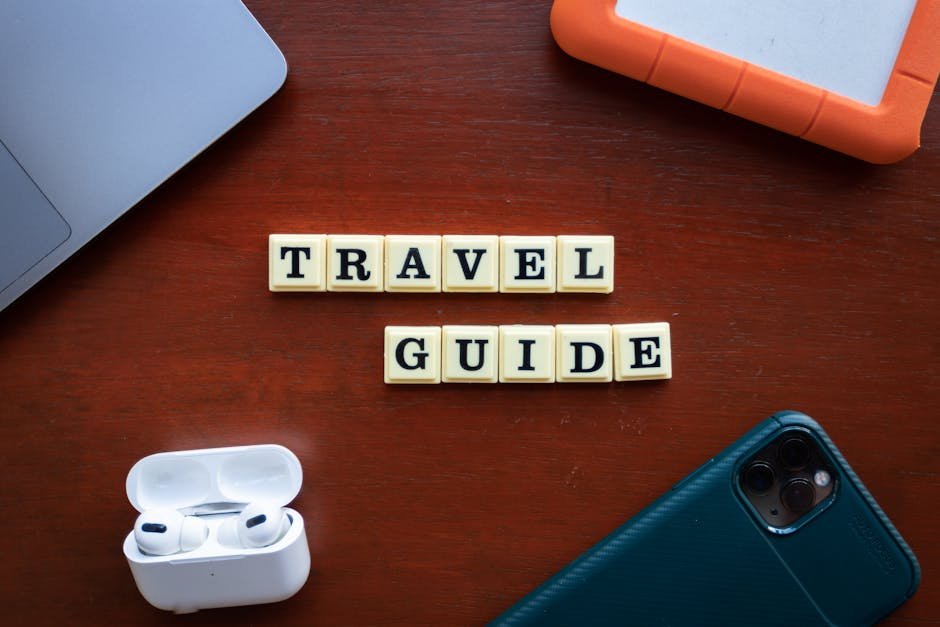Unreliable internet can derail a digital nomad’s workflow in Asia’s hotspots, but the right SIM or eSIM keeps you connected from Thailand’s beaches to Japan’s cities. This 2025 guide covers SIM cards, eSIMs, and Wi-Fi options in Thailand, Malaysia, Indonesia, Philippines, Vietnam, China, and Japan, with productivity tips to stay focused. As a nomad, I’ve tested these solutions in Bangkok cafés and Bali hubs. Prices and availability vary; check providers.
Why Connectivity Matters
Nomads work from anywhere—hostels, coworking spaces, or airports. Reliable internet ensures Zoom calls, file uploads, and navigation apps run smoothly. It’s also vital for translation tools or contacting clients across time zones, keeping your workflow and travels seamless.
Country-by-Country Connectivity Guide
Here’s how to stay connected in 2025, with SIM and eSIM options based on local providers and global platforms:
- Thailand: AIS or TrueMove H offer prepaid SIMs at airports or 7-Eleven (15GB, 30 days, 399 baht~$12). eSIMs via Airalo (1GB/7 days, $4.50) support 5G in Bangkok (phonetravelwiz.com). Top up via apps or stores.
- Malaysia: Maxis or Digi SIMs at Kuala Lumpur airport (10GB, 30 days, 38 MYR~$8). Nomad eSIM (1GB/7 days, $6) offers 4G/5G in Penang (getnomad.app). Reload via apps or FamilyMart.
- Indonesia: Telkomsel SIMs at Bali airport or minimarts (14GB, 30 days, 99,000 IDR~$6). Ubigi eSIM (10GB/30 days, $18) ensures 4G in rural Bali (thedigitalnomad.asia). Top up via apps.
- Philippines: Smart or Globe SIMs at Manila airport (8GB, 30 days, 399 PHP~$7). Airalo eSIM (10GB/30 days, $19.50) supports 4G, but rural coverage is spotty (thedigitalnomad.asia). Reload at sari-sari stores.
- Vietnam: Viettel SIMs at Hanoi airport (10GB, 30 days, 150,000 VND~$6). Nomad eSIM (5GB/30 days, $12) offers 5G in Da Nang (traveltomtom.net). Top up at shops or apps; avoid Vietnamobile for poor coverage.
- China: China Mobile SIMs at Beijing airport (3GB, 30 days, 100 CNY~$14) require passport registration. Holafly eSIM (unlimited data, 15 days, $47) bypasses restrictions (passporterapp.com). Top up via WeChat or stores.
- Japan: SoftBank or Docomo SIMs at Narita airport (3GB, 30 days, 2,980 JPY~$20). Ubigi eSIM (3GB/7 days, $8) provides 5G in Tokyo (thedigitalnomad.asia). Reload online or at Lawson.
Nomad Tip: Check rural coverage for SIMs (e.g., Telkomsel in Indonesia, Viettel in Vietnam). eSIMs like Airalo or Nomad auto-switch networks for reliability. Use unlocked phones for flexibility.
Wi-Fi and Hotspot Alternatives
When SIMs aren’t enough, Wi-Fi options keep you online:
- Cafés: Bangkok’s Starbucks or Japan’s FamilyMart offer free Wi-Fi with purchase. Test speeds (20–100 Mbps) with Speedtest.net in Kuala Lumpur.
- Coworking Spaces: Bali’s Hubud or Hanoi’s Toong provide high-speed internet ($10–$20/day). Book via Nomad List ($99/year).
- Pocket Wi-Fi: Rent in Japan (unlimited data, $5–$10/day) or Malaysia (3GB/day, $6) for heavy usage. Available at airports via Klook.
Nomad Tip: Use NordVPN ($3.99–$12.99/month) on public Wi-Fi to secure data in Manila cafés.
2025 Connectivity Comparison Table
| Country | SIM Provider | SIM Cost/Data | eSIM Provider | eSIM Cost/Data | Coverage |
|---|---|---|---|---|---|
| Thailand | AIS | $12/15GB (30d) | Airalo | $4.50/1GB (7d) | 5G in cities |
| Malaysia | Maxis | $8/10GB (30d) | Nomad | $6/1GB (7d) | 4G/5G urban |
| Indonesia | Telkomsel | $6/14GB (30d) | Ubigi | $18/10GB (30d) | 4G rural |
| Philippines | Smart | $7/8GB (30d) | Airalo | $19.50/10GB (30d) | 4G spotty rural |
| Vietnam | Viettel | $6/10GB (30d) | Nomad | $12/5GB (30d) | 5G in cities |
| China | China Mobile | $14/3GB (30d) | Holafly | $47/unlimited (15d) | 4G with registration |
| Japan | SoftBank | $20/3GB (30d) | Ubigi | $8/3GB (7d) | 5G widespread |
Nomad Connectivity Checklist
- Buy SIM/eSIM at airports or online (Airalo, Nomad)
- Test signal with Speedtest.net (20–100 Mbps for Zoom)
- Secure public Wi-Fi with NordVPN
- Top up via provider apps (e.g., AIS, Viettel)
- Rent pocket Wi-Fi for heavy data needs
Productivity Tips for 2025
Stay focused with these nomad-tested strategies:
- Test Connectivity: Verify SIM/eSIM signal or Wi-Fi speeds before committing. Speedtest.net ensures 20–100 Mbps in Hanoi.
- Backup Plans: Carry a secondary SIM (e.g., Globe in Philippines) or rent pocket Wi-Fi in Japan for redundancy.
- Data Management: Disable auto-updates and limit streaming to stretch data in Bali.
- Quick Top-Ups: Use provider apps for reloads, especially in China where in-person top-ups are complex.
- Goal Setting: Break tasks into chunks (e.g., “Draft one proposal”). ClickUp ($7/month) tracks progress in Chiang Mai.
Nomad Tip: Schedule work in quiet coworking spaces (e.g., Toong, $15/day) to avoid distractions in bustling Bangkok.
A 2025 Connectivity Lesson
In Jakarta, a nomad activated an Airalo eSIM (10GB/$18) but forgot to enable data roaming, missing a client call. After troubleshooting via Airalo’s app, they connected to Telkomsel’s 4G network, meeting their deadline. This highlights the need to check eSIM settings—test activation before relying on it.
Why 2025 is Your Year
In 2025, eSIMs (Airalo, Nomad, Holafly) and 5G plans make connectivity easier than ever. From Hanoi’s coworking hubs to Tokyo’s cafés, these tools keep you online. As I work from a Kuala Lumpur space, my Viettel SIM powers my workflow. Use these connectivity tips to stay productive on your nomad journey—share your favorite provider or tip in the comments!
Sources:
- Digital Nomad Asia: https://thedigitalnomad.asia/
- Traveltomtom.net: https://traveltomtom.net/
- Phone Travel Wiz: https://phonetravelwiz.com/
- Nomad: https://getnomad.app/
- Passporter: https://passporterapp.com/







